Real Materials
A lot of people who are new to the Montessori Method (and, for that matter, Reggio) wonder what the focus on “real” materials is all about. Plastic just seems so ubiquitous and logical with children, and it can feel like the obsession for natural materials is purely aesthetic, and perhaps a bit snobbish (especially considering that “natural” materials often cost more than their plastic counterparts).
However, real materials provide more than just aesthetic pleasure; real materials provide natural consequences, reverence and respect for materials, show respect for the children, and provide important sensory feedback.
Day 3: Trust your Children with Real Materials
I want to first clarify that “real materials” are not limited to glass. A lot of parents see young toddlers drinking out of juice glasses and are convinced of the inevitability of glass shards all over the floor. If glass is just too far outside of your comfort zone, you can provide stainless steel, wooden, or stoneware alternatives.
But why are we rejecting plastic?
Simply put, plastic offers nothing other than durability and affordability. A child can fling a plastic cup across the room and experience nothing other than a hollow thud as it hits the ground; plastic has no unique feel to it and doesn’t really react to environment and handling the same way that other materials do; plastic stands out and doesn’t blend in with a natural environment; and, it is clear to the child that there is a difference between the materials they are using and those that their parents are using.
(And, as evidenced by my picture of our self-serve Montessori kitchen set-up, I still use plastic, but I like to mix it up with real materials and try not to purchase plastic if a good alternative exists.)
The benefits of a metal or wooden material:
- the material reacts with handling, warming up and interacting with the environment;
- it offers a unique feel (grain for wood or smoothness for metal, respectively) along with weight that enhances the experience of using them;
- provides natural feedback when dropped (or thrown) by emitting a louder thud or crashing noise, rather than the hollow bounce of plastic;
- contribute to a natural environment (which the child can easily interact with and impose their own ideas upon);
- and shows a reverence for the meal and the child. Think about the experience of going to a restaurant that uses plastic plates versus one that serves you on china — one experience is cheap, generic, and makes whatever is served upon the plate seem less special and enticing. By treating children as worthy of dining experiences, and not just relating to mealtimes as a necessary time to serve food, we transform their experience and give them the opportunity to display appreciation for the act of dining.
Glass is good for children when they are ready because it does teach a control of error and greater respect for materials, but I would go with a heavy (Depression-era style) glass rather than something lightweight and easily tipped over. (Montessori Services offers some great options.)
So, what can you today if all you have for the kids is plastic dinnerware? Do you have enamel camping gear, extra coffee mugs, or small shotglasses (heavy and tiny) that the kids can use? Would you consider swapping out plastic utensils for bamboo or silverware? Charity shops are a great resource for this, as is Montessori Services, but you might be surprised at what you find in your own home!
We have been focusing on meal times a lot this week, but the approach to real materials doesn’t have to be limited to kids in the kitchen. What about real art materials? What about providing real tools for tinkering or digging in the garden? Where could your child be entrusted and empowered with real materials over plastic imitations?
Please share your pictures today using the hashtag #30daystoMontessori — show us your real materials and also your plastic items that you are starting to reconsider — let’s help each brainstorm solutions or alternatives.
Feel free to tag me or check out what I’m sharing on Pinterest, Instagram, Facebook, or Twitter!

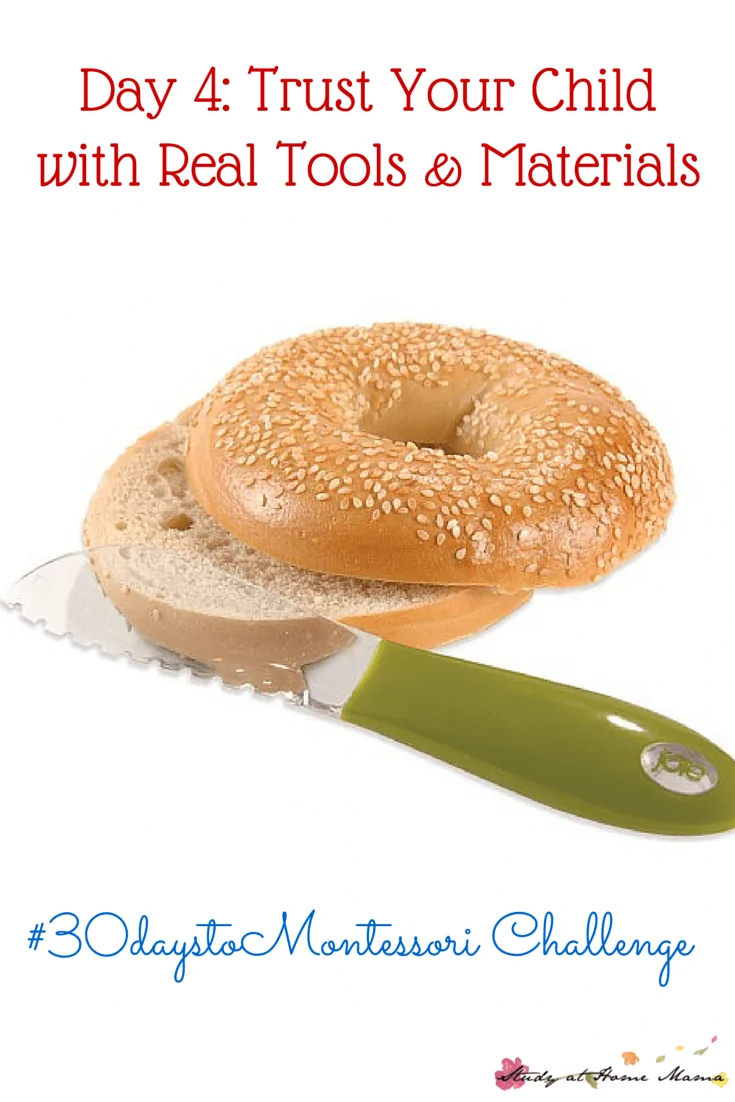
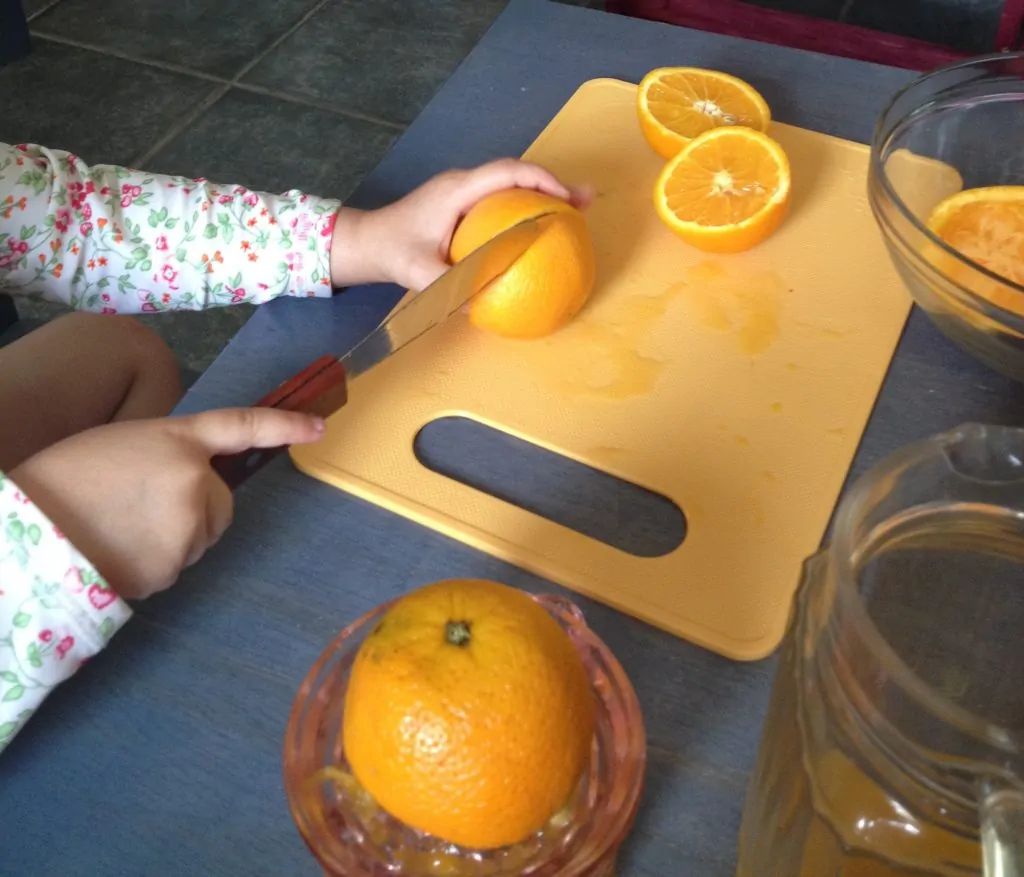
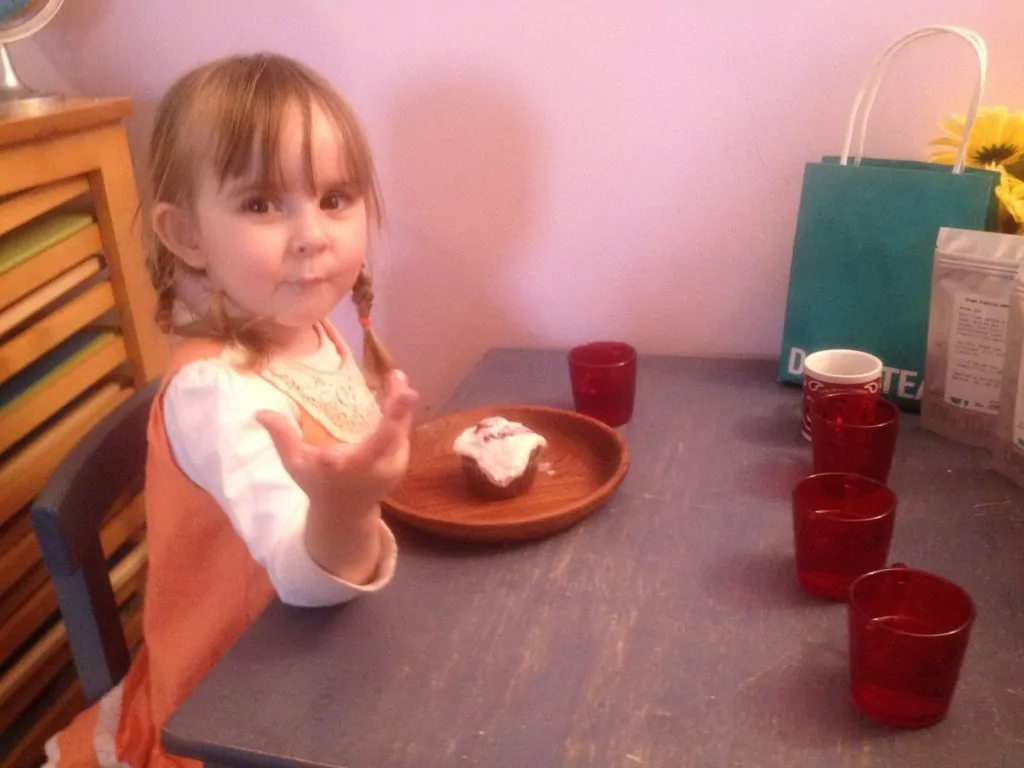
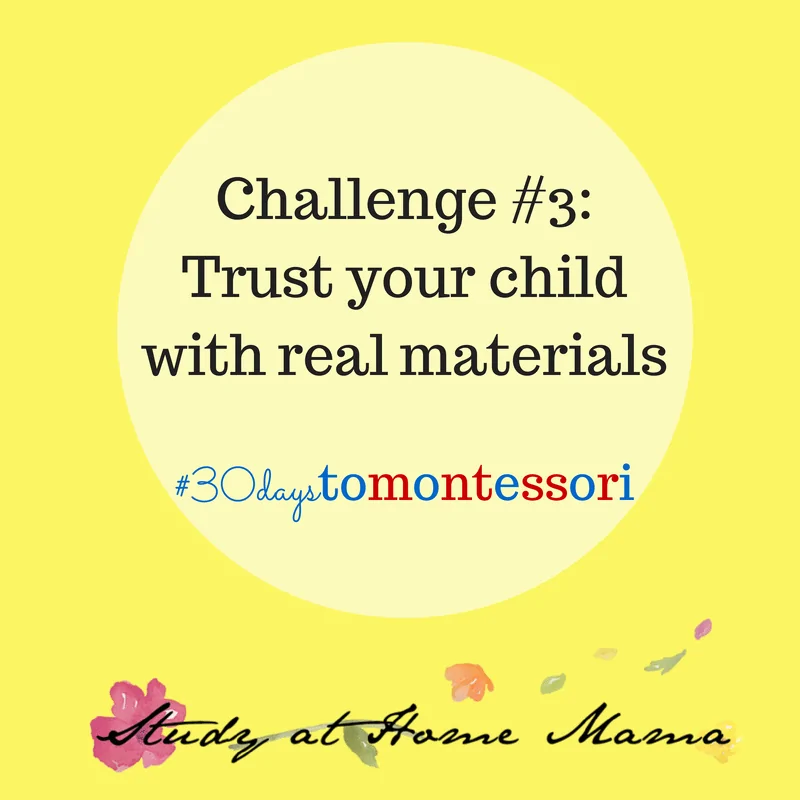
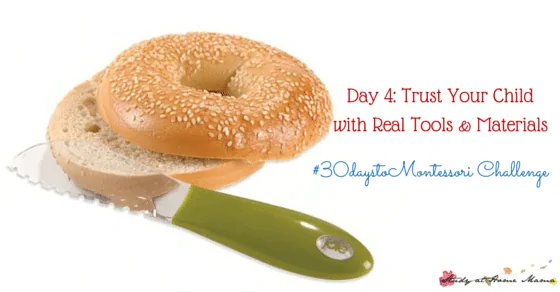
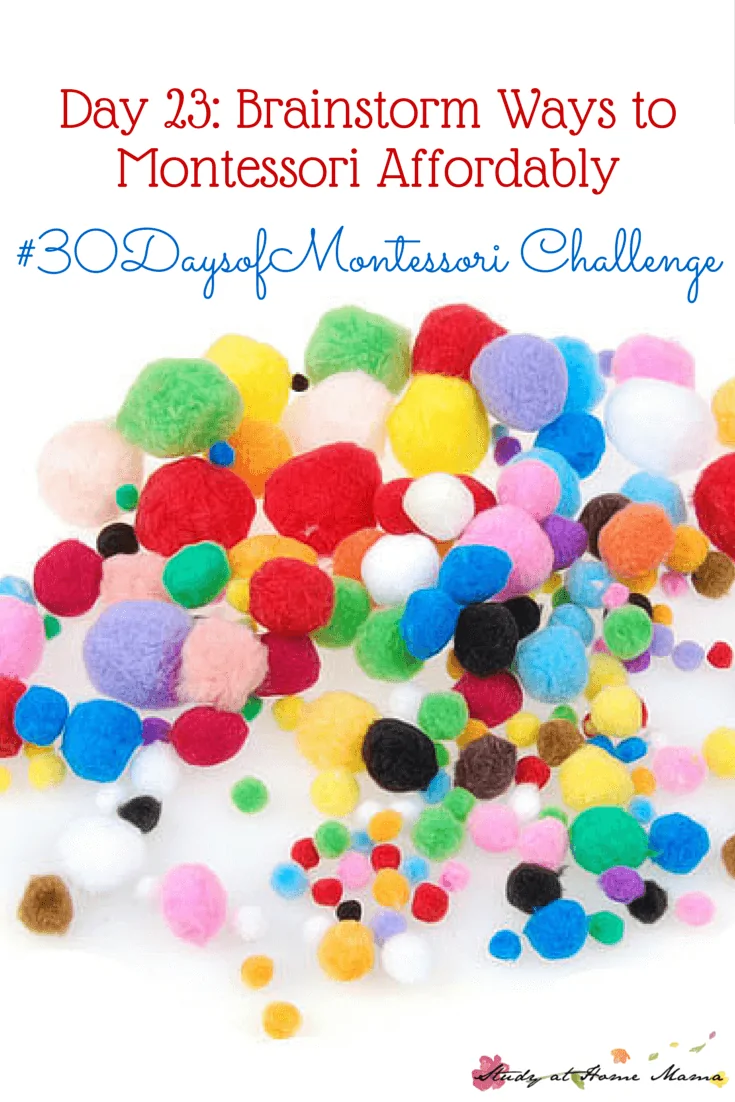
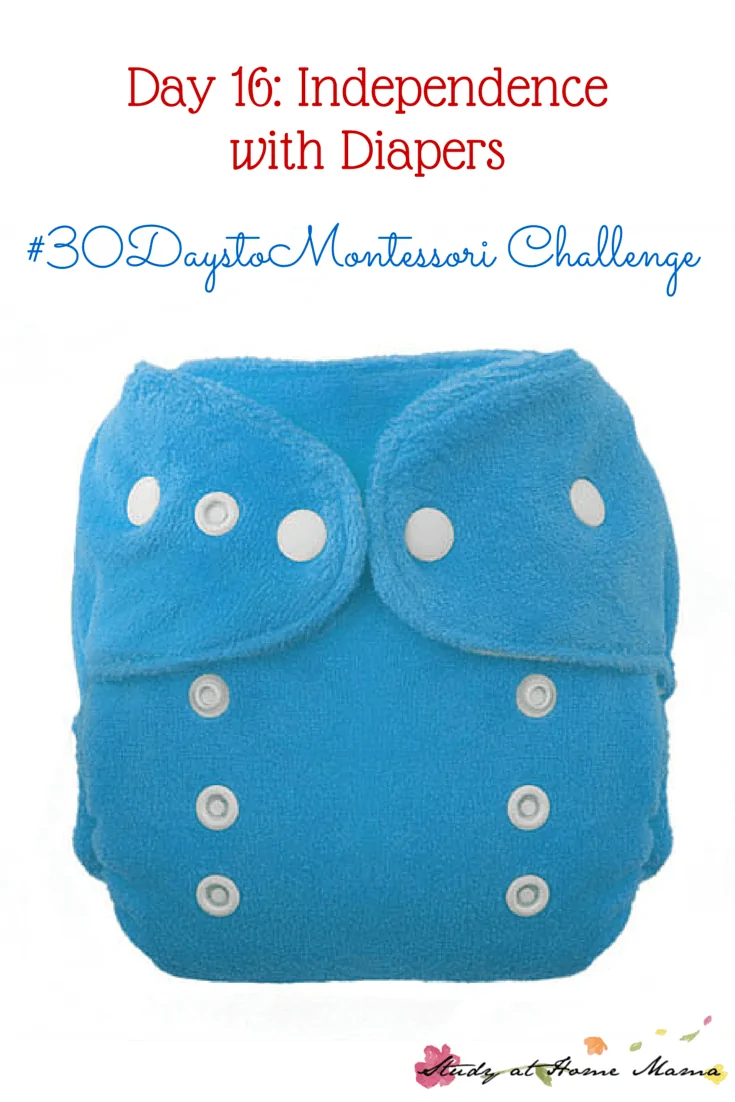
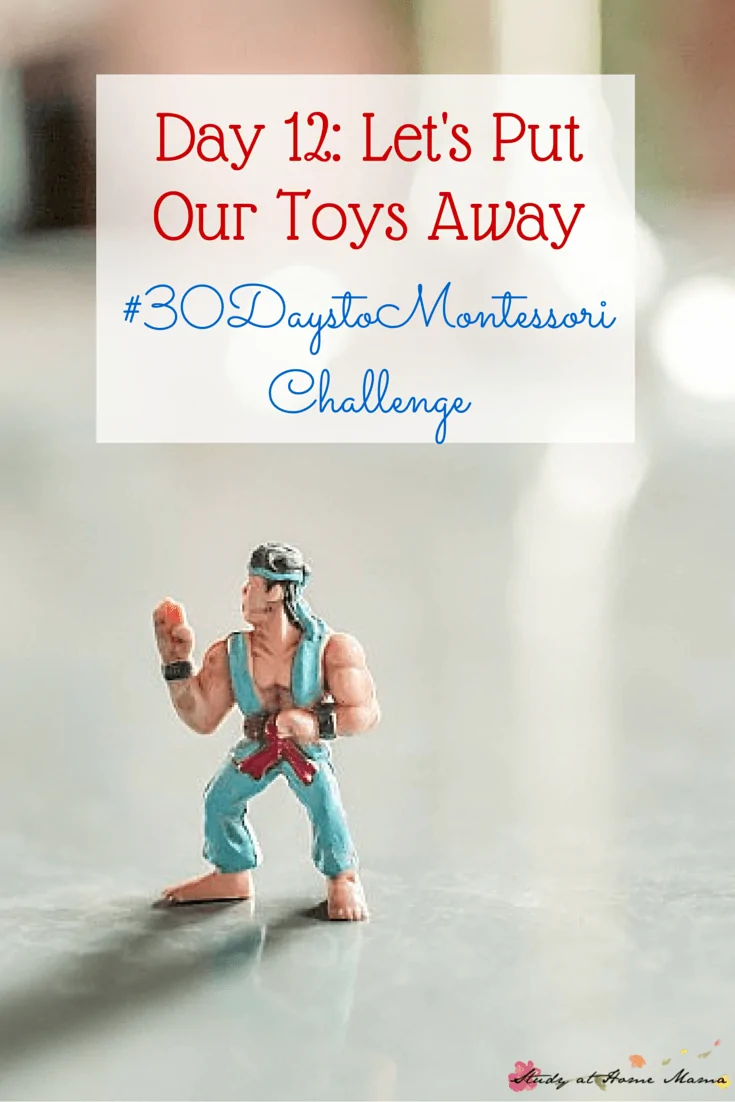

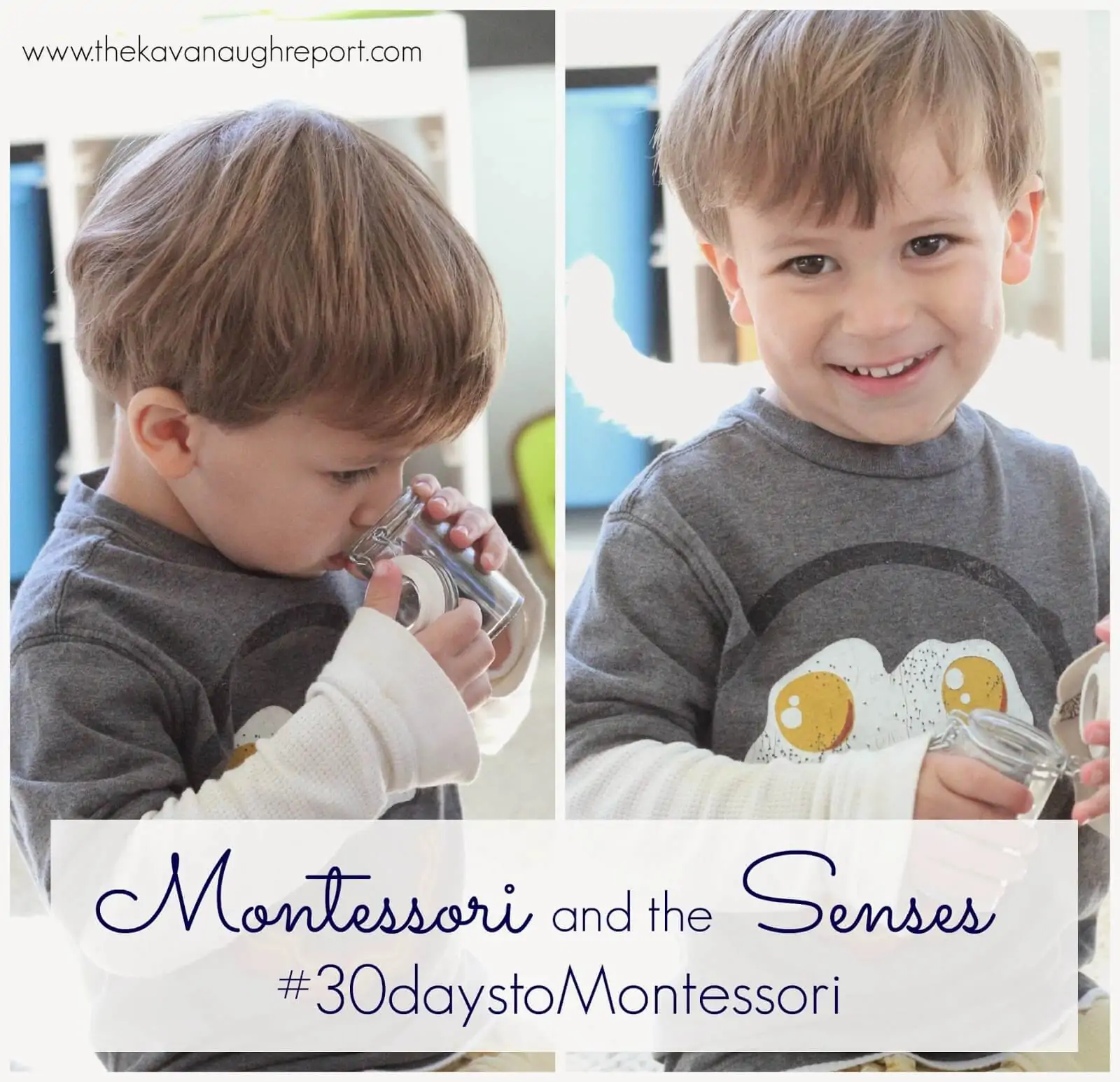
We’re a little late to the #30Days challenge, but here’s our submission for challenges 1, 2, and 3. Can’t wait to get caught up on the others! Thanks for posting these.
http://ourmeaningfulexperiences.wordpress.com/2014/09/05/30daystomontessori-challenges-1-2-and-3/
Thank you so much, Amber – shared on social media!